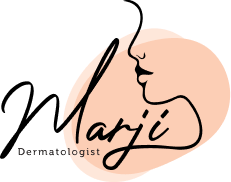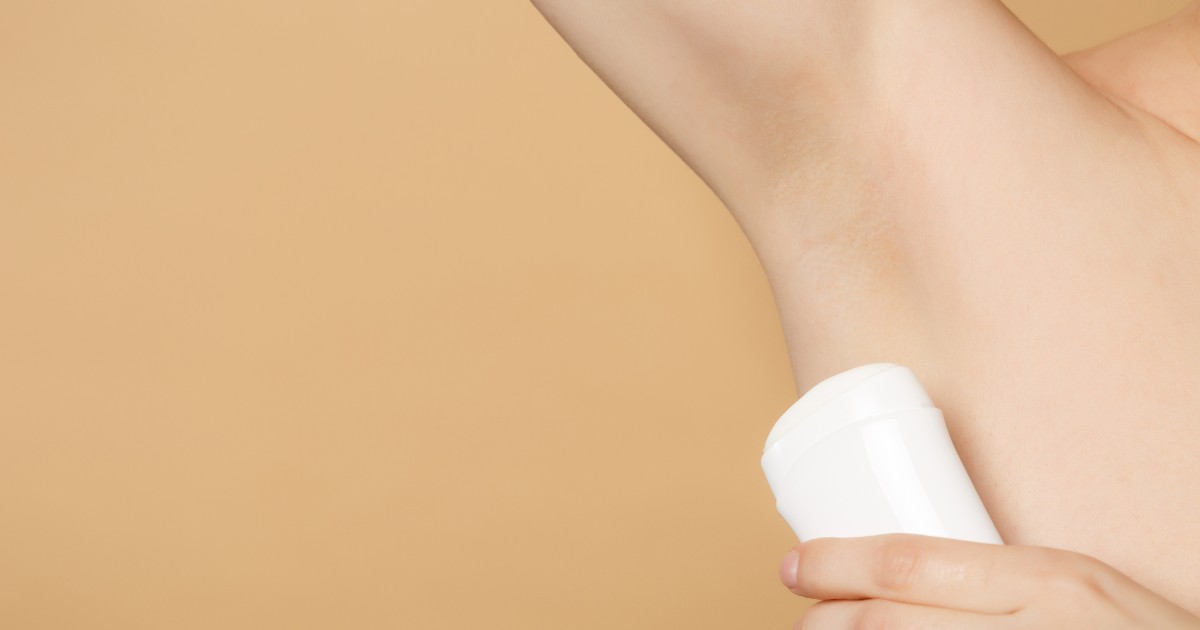Hyperhidrosis, or excessive sweating, is quite common among people of all genders and ages. It can either affect the whole body or just certain areas like armpits, and feet. Sometimes, excessive sweating can get better with age, but there are certain things that you can do, in addition to treatments that can help.
Overview
Hyperhidrosis, or what’s commonly known as excessive sweating that is not related to heat or exercise, is a medical condition that happens when a person sweats much more than what is necessary. What a lot of people still don’t know is that it is necessary to sweat. This is because sweating cools down the body, which prevents us from overheating.
However, people who have hyperhidrosis sweat even when their bodies don’t need cooling—many people who suffer from hyperhidrosis sweat from one or two areas of the body. Most often, they sweat from their palms, underarms, soles of feet, or head. Meanwhile, the rest of the body remains dry—one or two areas may drip with sweat.
This excessive sweating can hinder and interfere with everyday activities. Hands can sometimes become so sweaty that it becomes difficult to do simple tasks like turning a doorknob. Sweat from the armpits often soaks through clothes, causing noticeable sweat marks, which can cause some people embarrassment. Moreover, skin infections can develop in the affected area when the skin is often wet.
Signs and Symptoms of Hyperhidrosis
Patients who suffer from excessive sweating, or hyperhidrosis, might often notice one or more of the following symptoms:
- Visible sweating: When you are not making any effort, you might often notice beads of sweat on your skin, your clothes could be dripping with sweat, and you might sweat while sitting down.
- Sweating interferes with everyday activities: Sweating can cause you difficulty doing simple, daily tasks like holding a pen, walking, or turning a doorknob. Sometimes, you might notice that sweat is dripping heavily on your keyboard or paper.
- The skin turns soft, white, and peels in specific areas: If your skin is soaking with sweat for long periods of time, you might notice tenderness and peels in the affected areas.
- Skin infections: Usually, you would often get skin infections on the parts of your body that sweat heavily. Some of the most common skin infections due to excessive sweating include jock itch and athlete’s foot which might lead to bad smell as well.
Types of Hyperhidrosis
There are two types of hyperhidrosis which are focal localized and generalized. General hyperhidrosis always happens due to secondary medical diseases like hyperthyroidism, menopause, or could indicate more serious infections like tuberculosis and cancer. The sweating must be evaluated by an internal medicine doctor.
As for focal localized hyperhidrosis, it comes in two types:
- Primary hyperhidrosis, which is focal, affects the axilla, palms, and/or soles. With visible excess sweating, it must be present for more than 6 months to exclude apparent secondary causes. It needs to be bilateral and symmetrical with multiple episodes, at least once per week, which impairs the patient’s daily life activity and it usually stops during sleep. This problem has early onset before the age of 25 and usually one or more family members will have the same problem.
- Secondary focal hyperhidrosis can be due to many causes from burns, local skin problems, neurological diseases, and can even be caused by medications.
When You Need to Seek Treatment
You need to seek treatment for hyperhidrosis when the excessive sweating starts affecting everyday life activities, causes you embarrassment and anxiety.
In such cases as mentioned above, go to your dermatologist and consult them. They could prescribe you medication or write you a treatment plan to help with your symptoms.
Regular Laboratory Tests that are Done for Proper Diagnosis
When you visit a doctor for excessive sweating, you might be asked to do the following tests:
- CBC
- Thyroid function test
- Liver function test
- Kidney function test
- Blood sugar test
Skin Testing at the Clinic
When you visit our clinic, the dermatologist will do the iodine starch test to determine the severity of your hyperhidrosis. Here are the steps to the procedure:
- First, the doctor will clean the area.
- Next, she will add iodine to the site and wait for it to dry, then remove excess iodine.
- After that, she will add starch.
- She will determine the areas of excessive sweating by noticing the positive results that appear as very dark brown dots at the area of perspiration.
Treatments for Hyperhidrosis
Here are some of the treatments that the doctor might recommend you to follow:
- Lifestyle modification: Including avoiding triggers that you know make your sweating worse, such as spicy foods and alcohol, plus avoiding tight, restrictive clothing and artificial fibers, such as nylon.
- Use deodorants: Try to use antiperspirant frequently to prevent excessive sweating.
- Frequent baths: Frequent baths or showering can help you manage the symptoms of hyperhidrosis.
- Frequent change of clothes and socks.
- Follow techniques that will help you relax.
- Do your best to avoid extreme temperatures.
- Try to wear absorbable clothes.
Medical Treatments for Hyperhidrosis
Here are some of the medical treatments that your dermatologist or physician might prescribe for you:
- Antiperspirants, like deodorants or creams that have aluminum chloride which, will block the sweat glands and decrease sweating.
- Oral medication blocks the stimulation of sweat glands all over the body.
- Botox: botulinum toxin injection at the site of sweating like the underarm, palms, or soles can help with excessive sweating. It will start working in a few days, and its effects will last up to 6 months.
- MiraDry procedure: This procedure can guarantee you permanent results of decreasing underarm hyperhidrosis after one or two sessions only.
Frequently Asked Questions (FAQs)
Here are some of the most frequently asked questions regarding excessive sweating or hyperhidrosis:
What causes hyperhidrosis?
Hyperhidrosis can happen for no reason at all. However, a lot of the time, it happens due to an underlying medical condition such as diabetes, frostbite, gout, injuries such as head trauma, menopause, obesity, overactive thyroid (hyperthyroidism), tuberculosis, and tumors.
Could my excessive sweating be a sign of something serious?
Yes, if you’re sweating excessively without moving or making much effort, you need to get checked by a doctor. You might be dealing with a more serious underlying health condition.
Should I see a dermatologist?
If you start sweating at night while sleeping, then you need to see a dermatologist as soon as possible. In all cases, you can always be safe by checking with a doctor to make sure you’re on the right path for treatment.
Can I expect my hyperhidrosis to get better over time? Will it get worse?
There is no guarantee that hyperhidrosis can get better over time. However, if you follow a certain treatment recommended by your doctor, then you might notice your excessive sweating getting better after a while. Moreover, settling for medical treatments like MiraDry can guarantee you a life without excessive sweating just after one or two sessions.
What treatments are available for my hyperhidrosis?
There are many treatments that can help with hyperhidrosis. Some of these treatments are home remedies that you can follow, like wearing a certain type of clothes, applying antiperspirants, following relaxing techniques, avoiding high temperatures, wearing absorbable clothes, and avoiding triggers. Other treatments are medical and can be performed by professionals only. These include Botox, MiraDry, creams, and oral medications that can control your sweating.


